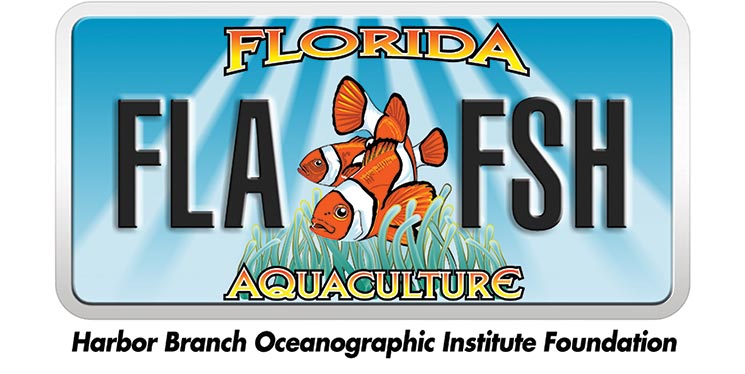Sea Vegetables

Determining Nutritional Value and Market for Sea Vegetables grown in an Integrated Multi-Trophic Aquaculture System for Human Consumption can take a kernel of an idea and grow it into a thriving business, creating jobs, building wealth and driving innovation.
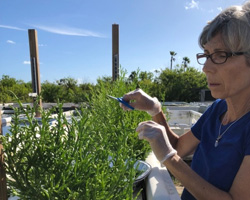
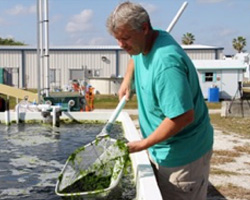
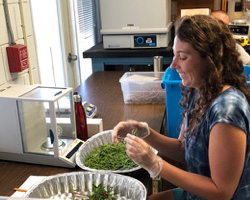
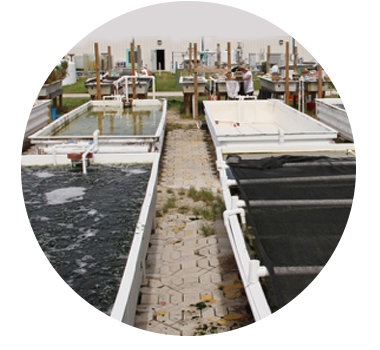
Since 2012, HBOI has been operating a marine Integrated Multi-Trophic Aquaculture (IMTA) system supported with funds from Aquaculture Specialty License Plate granted through the Harbor Branch Oceanographic Institute Foundation. Using HBOI's IMTA technology combined with HBOI's macroalgae research that began in the 1970s; HBOI has cultured vast amounts of sea vegetables in the IMTA system.
Two of these are seaweeds: Sea Lettuce (Ulva lactuca) and the Red Seaweed (Gracilaria tikvahiae); and two are halophyte plants: Sea Asparagus (Salicornia bigelovii), and Sea Purslane (Sesuvium portulacastrum). The sea vegetables effectively remove the nutrients that are produced from the marine fish, shrimp and other species grown in the IMTA system. As the sea vegetables are removing nutrients from the water they in turn yield highly productive and desirable, yet underutilized crops.
The goal of this study is to determine the nutritional value, potential contaminates, and an example of what would be needed for certification for marketing the sea vegetables. This information is valuable to assist potential producers with product development and marketing of these IMTA aquaculture sea vegetables, which will help to grow new aquaculture sea vegetable industries in Florida.
This project is supported with pilot-project funds from the Aquaculture Specialty License Plate granted through the Harbor Branch Oceanographic Institute Foundation. Additional support for this project comes from FAU Harbor Branch Oceanographic Institute.
